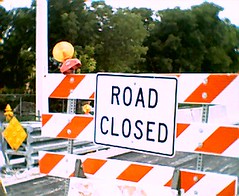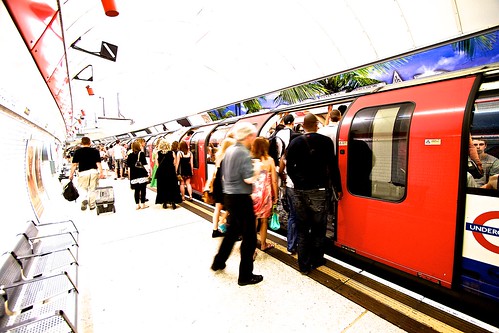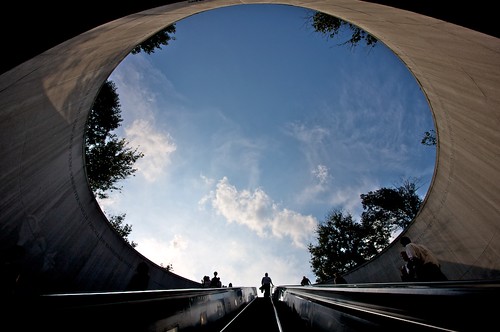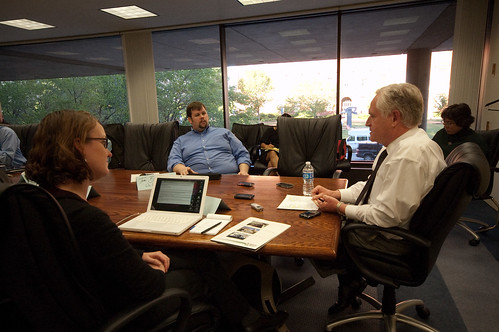
‘Horton #9’
courtesy of ‘Chris Rief aka Spodie Odie’
Metro is hoping that a release of their real time data to developers will help them get information about trains and buses to riders faster and in ways they want. On July 8, Metro announced that a public application programming interface (API) aimed at the developer community would be made available in August.
The agency told us it is looking to the community of developers to help solve some of the issues they currently face, including making live data available to the disabled, and helping to make regional transit information easier to access. Metro spokesman Ron Holzer says they would also be “delighted to be surprised with applications that are totally unexpected.”
Metro is also looking to “foster a better culture of transparency, customer service and performance accountability,” with the release of this data. So how will this work? What would this data look like for developers, and what should riders expect to see in the not too distant future?
Continue reading

















